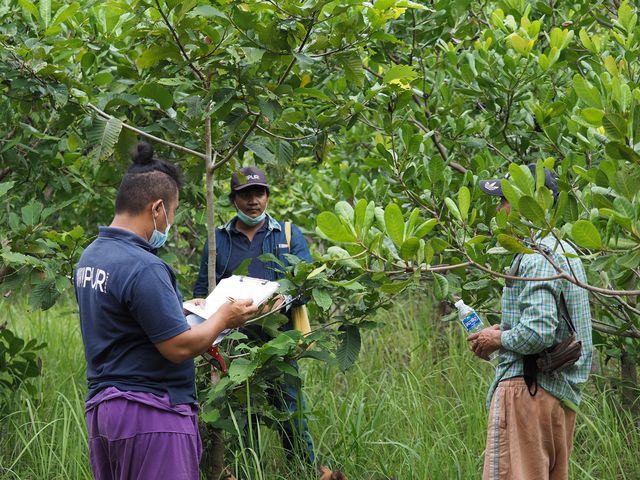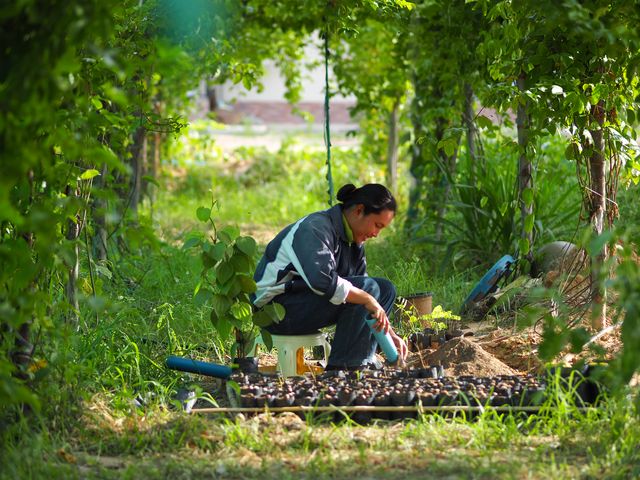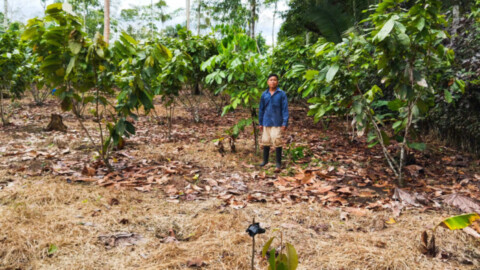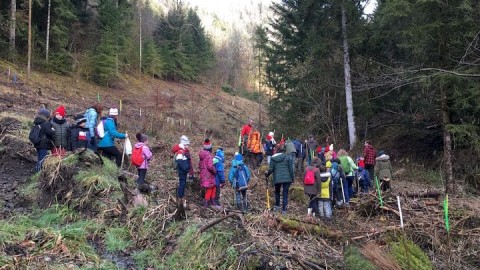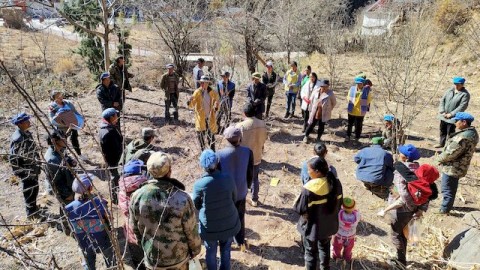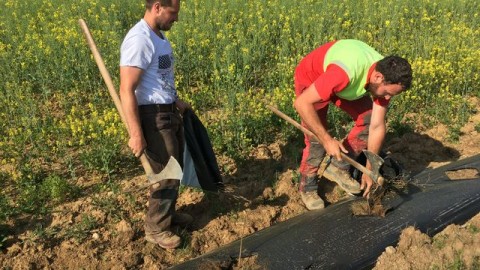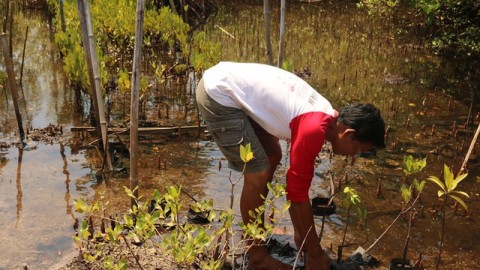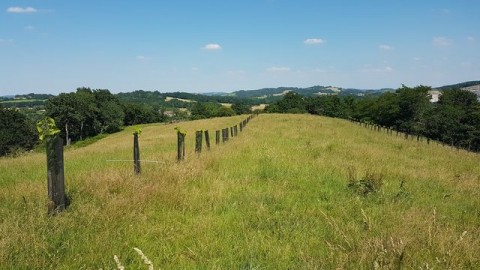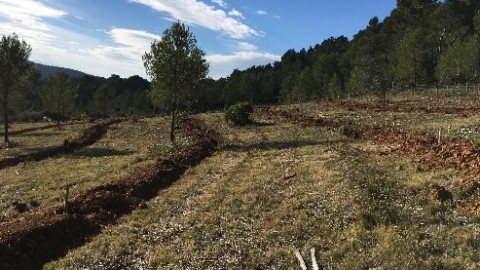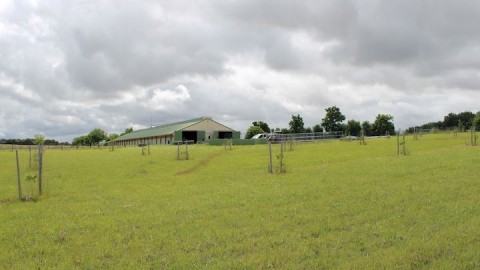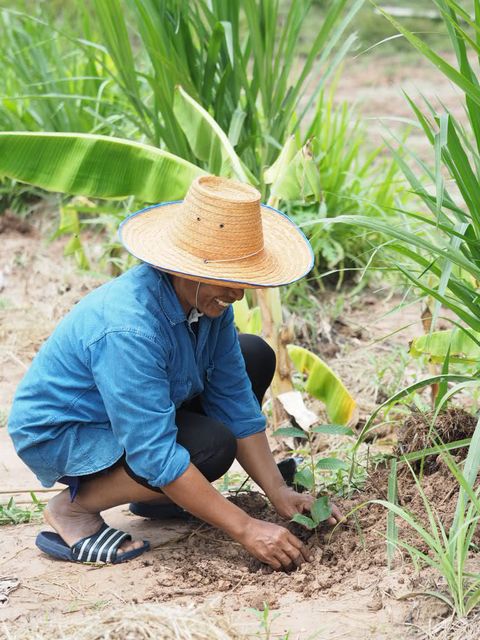
Isan Region, Thailand, December 2020
In 2020, A Tree For You and PUR Projet, planted 2,500 native trees, from more than 15 different species, with organic rice farming communities in the region of Isan, northeastern Thailand. PUR Projet’s team went into the field in November 2020 to monitor the plantations.
Distribution of trees between June and August subject to strict, Covid-related health and safety protocols
Despite global challenges, Thailand has handled the pandemic quite well. In this context, seedlings were distributed to farmers between June and August 2020, just in time for the rainy season.
Agronomists involved in the project contacted the farmers to assess their needs and organise the distribution of seedlings, depending on the species requested and the specifics of the registered plots of land. Deliveries were dispatched directly to the farmers’ individual plots. With support and advice from the agronomists to ensure a good understanding of planting patterns and techniques, the farmers then planted their first trees.
The seedlings were successfully distributed largely because everyone followed the Covid health and safety measures, namely: social distancing, using alcohol-based hand sanitisers, and wearing masks when in contact with the farmers.
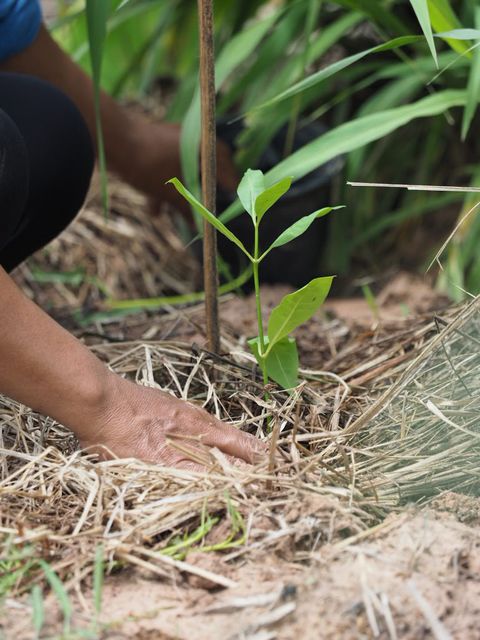
A 90% tree survival rate despite the erratic rainy season
According to the agronomist team, the major challenge of this planting season was not the pandemic but the erratic rainfall – due to the impacts of climate change. The rainy season usually starts in June and ends in early September. This year, the rain started on time; however, a month of drought soon followed during this rainy season, already causing a mortality rate in July alone of around 5-10%.
Nevertheless, the farmers and the agronomist team managed to replant and complete the plantation in August.
This challenge shows how important it is to ask farmers about the water cycles of their plots of land – to ensure the planting plans and species selected are best adapted to climate change.
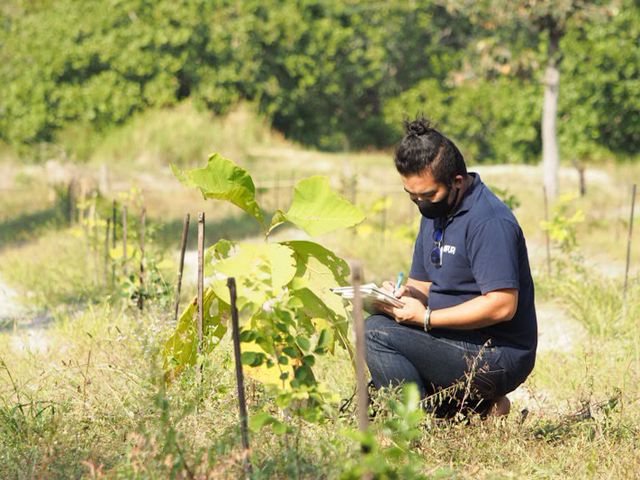
Starting in November 2020, the team of agronomists resumed monitoring by visiting each farmer’s plot of land and recording every living tree by species. To improve understanding, both for the agronomists and farmers, also during these visits both parties discussed the causes of the mortality and/or survival rates for each plot.
After this first monitoring operation, the survival rate was estimated at an average of 90%, an excellent result for all involved!


